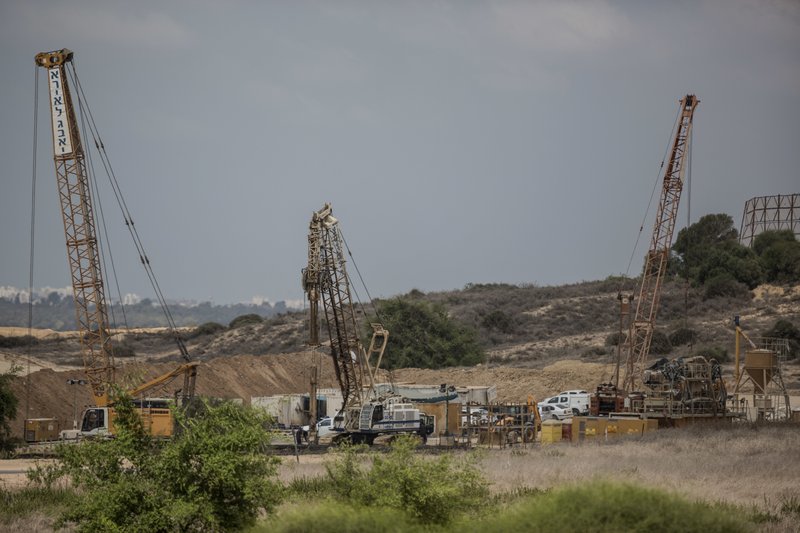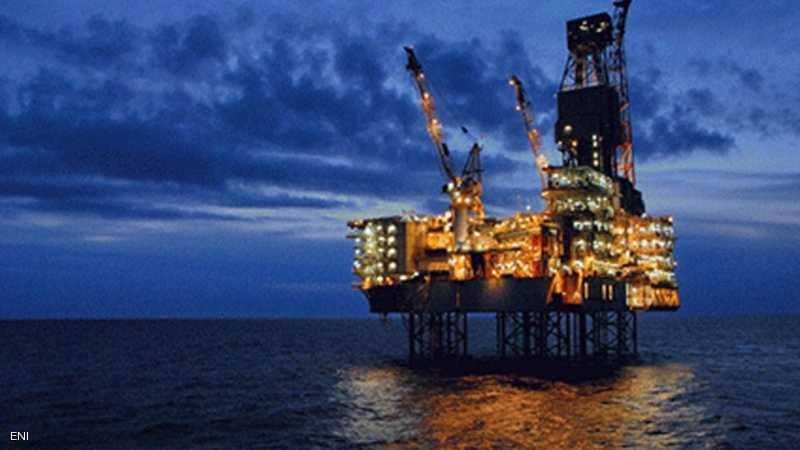
Israel is pressing ahead with construction of an underground barrier along the border with the Gaza Strip in an ambitious project meant to halt the threat of attack tunnels built by the Hamas militant group.
Cranes and work crews are digging holes and installing sensors and other equipment for a structure that is expected to stretch along the entire 60-kilometer (40-mile) border when it is complete.
Gadi Yarkoni, head of the local Eshkol regional council, said the project is a key reason that the area has enjoyed a surge in growth and attracted young families since a devastating war with Hamas three years ago.
“I believe building the barrier is the right thing to do, to build in order to stop and to give an answer to the issue of the tunnels, and to the issue of the communities in the area,” he said. “The surge in development in this area is unbelievable.”
During the 2014 war, Hamas militants on several occasions made their way into Israel through a tunnel network that caught Israel off guard. Although they did not manage to reach civilian areas, the infiltrations terrified the local population. Israel destroyed 32 tunnels during that conflict, and since then has made neutralizing the tunnel threat a top priority.
Israeli defense officials have said little about the new barrier project or how much has been completed. At one construction zone, a sign said “military zone – no passage,” and Associated Press reporters could not approach as cranes and bulldozers were at work.
Last week, Maj. Gen. Eyal Zamir, head of Israel’s Southern Command, which is responsible for Gaza, told reporters the project would take about two years to complete.
He said the barrier would stretch several meters (yards) above and below ground and be equipped with sophisticated sensors. It’s being built entirely on the Israeli side of the border, to avoid friction with Hamas.
Atai Shelach, a retired colonel and former commander of the Israeli military’s “Yahalom” unit in charge of dismantling the militants’ tunnels, said the new barrier would be a game-changer, but would not solve the problem on its own.
“It is part of a cocktail, or a combination of many other solutions,” he said. Neutralizing the tunnel threat will also require good intelligence and operational decisions by the army, he said. Otherwise, militants will eventually figure out how to get through.
“That barrier can prevent war,” he said, because it will be harder for Hamas and other militant groups to “create surprises” that frighten Israeli residents.
Israel and Hamas have fought three wars since the Islamic militant group seized control of Gaza from Palestinian President Mahmoud Abbas in 2007.
While Hamas has largely respected a cease-fire that ended the last round of fighting in 2014, it is believed to be building new tunnels and re-arming in preparation for future conflict.
Hamas seeks Israel’s destruction.
“All the measures by the occupation on the border will not provide security for them,” said Hazem Qasem, a spokesman for the group. “As long as they occupy the Palestinian land and put a siege on our people in the Gaza Strip, the resistance will continue to possess all the means of force that enable it to defend the people against Israeli aggression,” he said.
Israeli residents expressed mixed feelings about the new structure.
Miriam Diener, a resident of Kibbutz Nirim, a communal farm near the Gaza border, said Israel must seek peace with its neighbors, and not just build new barriers.
“No fence will solve the problems,” she said. “Only peace will bring the possibility of a good economy, good education, good hospitals, good health. That is what is needed.”
But Shimon Avraham, another kibbutz resident, said the project will put people at ease after the terrifying experience of tunnel attacks.
“Now it makes things feel calmer,” he said.




